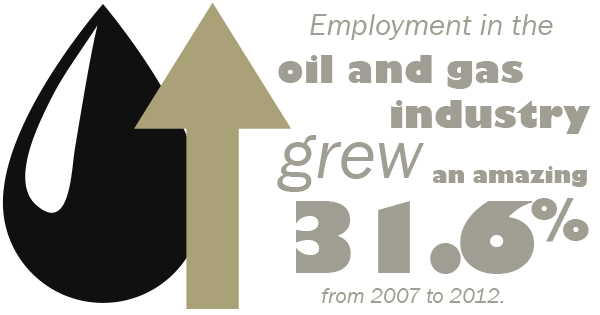
11 Mar Three Ways You Can Prevent Spills, Leaks and Contamination in Your Fuel Tanks
The U.S. oil industry is one of its economy’s most thriving sectors — and with enough oil reserves on hand to last for another 53.3 years of production, it’s showing no sign of slowing.
Currently, oil and gas production in the U.S. is at its highest output in history. Over the last 10 years or so, the number of proven oil reserves worldwide has increased by a significant 27%; additionally, employment in the oil and gas industry grew an amazing 31.6% from 2007 to 2012.
Considering this growing surplus, many oil production companies will have to expand their usage of above ground fuel storage tanks to accommodate the extra product they have on hand — and a huge component of managing fuel tanks properly is to make sure they are leak and spill-free.
To help protect your fuel tanks against spills, leaks and contamination, the Environmental Protection Agency (EPA) recommends these three things:
Routinely monitor and inspect fuel storage tanks
Above ground fuel tanks are prone to corrosion due to the nature of the liquids they contain. This corrosion gradually eats away at the tank’s shell until leaks or spills take place. To make sure your fuel storage tanks aren’t leaking, be sure to monitor their foundations, connections, coatings, tank walls, and piping systems on a periodic basis.
Before installing a tank, consider its location
If you are adding more fuel tanks to your facility, it’s imperative that you place them at an adequate distance away from sources of drinking water or other sources of water like streams, ponds and lakes. By doing this, you’ll be able to minimize the impact that a fuel tank spill or leak will have on the local ecosystem and on public drinking water.
Invest in corrosion protection
Whether you use a PVC liner to guard the insides of your tanks’ walls from corrosion or you use a secondary containment area to collect any leaking fuel, you should have some form of corrosion protection in place. With PVC liners, the lifespan of your fuel storage tanks is extended significantly — and with a secondary containment area, you’ll be able to more easily detect signs of corrosion and fix them before the problem worsens.
Have any other questions about keeping your oilfield tanks and production equipment in their best condition possible? Let us know by leaving a comment below.



Sorry, the comment form is closed at this time.